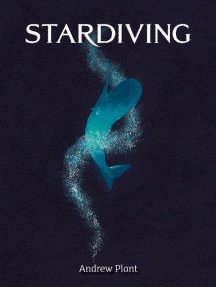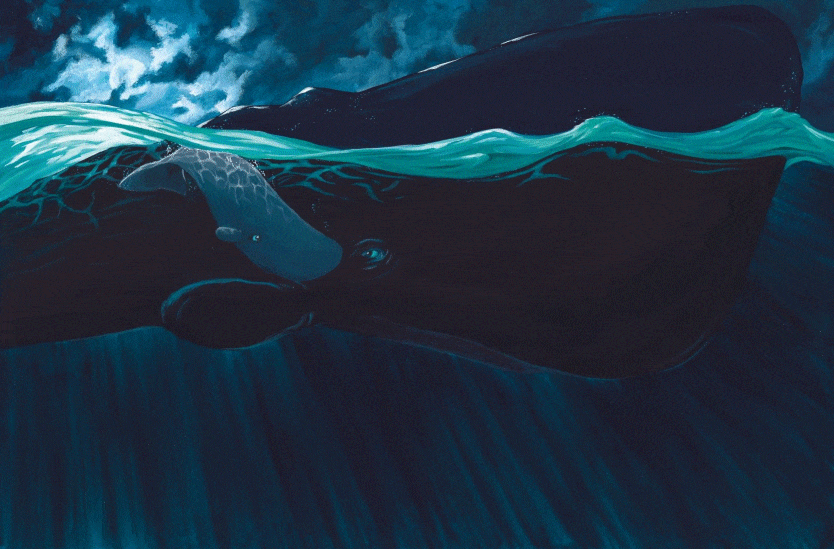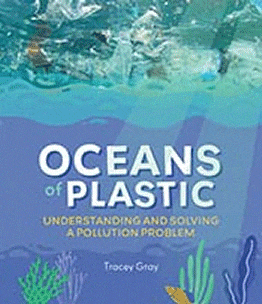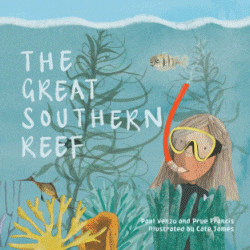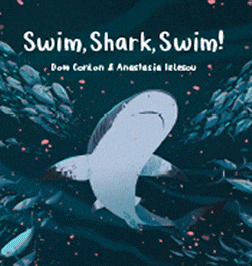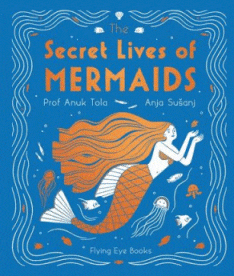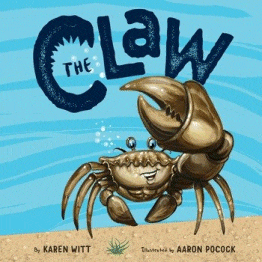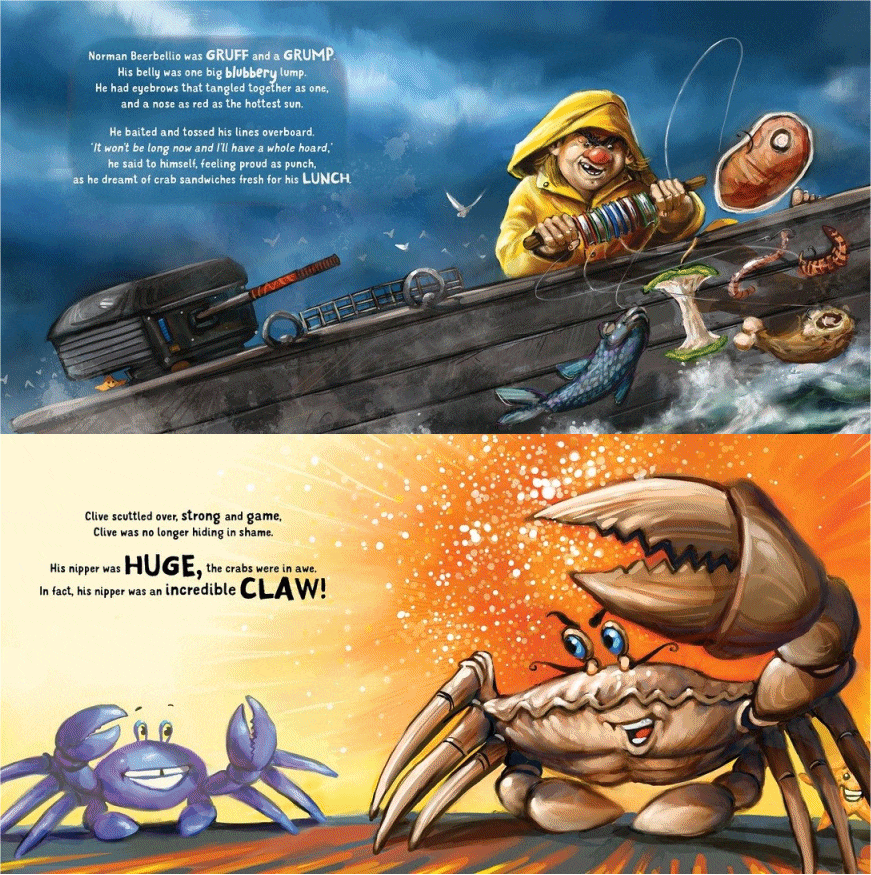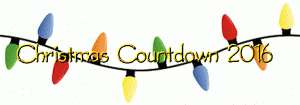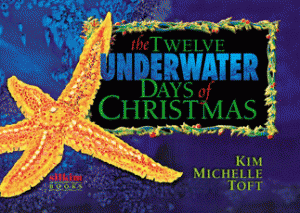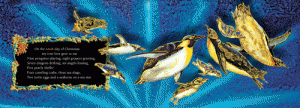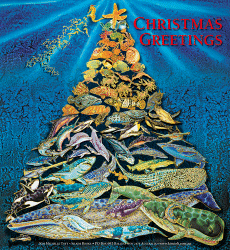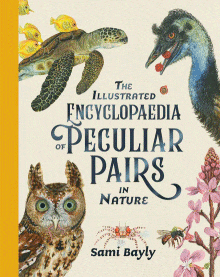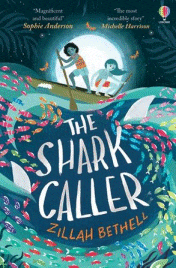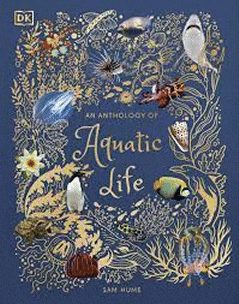
An Anthology of Aquatic Life
An Anthology of Aquatic Life
Sam Hume
DK Publishing, 2022
224pp., hbk., RRP $A39.99
9780241546321
It is no secret that I have long been a fan of the non fiction produced by DK Publishing as a source for non fiction for young readers, and this latest one in a series which includes Nature’s Treasures, Dinosaurs and Other Prehistoric Life, and The Mysteries of the Universe is no exception.
This time the reader is taken an enthralling journey through the aquatic world that spans the deepest, widest ocean to the tiniest puddle. Each page, with its stunning illustrations and easily accessible text introduces amazing animals, ingenious plants, and much more within the categories of deep ocean, shallow seas, wetlands, rivers lakes and ponds, covering s diversity of watery habitats that each houses its unique lifeforms, some familiar, many not-so. It also includes a timeline of life moving from water to land, as conversely, land back to water, while the index is in the form of a visual guide that allows the browser to follow up on what piques their interest visually.
It is a fascinating dip-and -delve book that offers an entree that will satisfy the taste buds of the generally curious while encouraging those with a deeper interest to go in search of the main course. DK editors know what young readers are interested in and they know how to present it so that the imagination is captured while the information is shared and that’s a winning combination, in my opinion.
